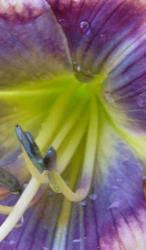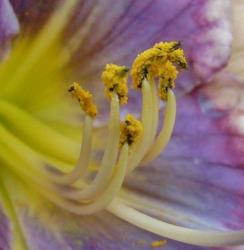You've convinced me about leaf guard cells


It is really not possible to know for certain if a plant is dip, trip, or tet by guard cell size, breeding habit or external plant characteristics, registration info, offspring, and so on.
Where chromosome counts are made, there is still no absolute assurance that the cultivar's ploidy is stable, that it is named correctly or identified accurately. So much for database and hybridizer certainty ... I think I will name my first registered daylilies "Best Guess For Now" and "Embracing Uncertainty" :} Still, I do have, supposedly, the dip and tet versions of the cultivar "Swedish Girl," so you've also convinced me that it would be great to see if my two fans differ in any way.
Do I understand correctly that the need for chemical pre-treament is just for 1) Colchicine to make chromosomes easier to see, and 2) HCI to soften the cells so that they can be squashed more easily into a single layer without bursting? If a household alternate (say, vinegar) were possible to substitute for the HCI, softening the cells over days instead of minutes, and we took out the Colchicine step altogether during pre-treatment ... would the chromosomes still be too difficult to see, even at higher magnification?

The current source of my continuing curiosity, where Colchicine is not mentioned:
http://people.bridgewater.edu/...
and a "yahoo" answer about HCI substitutes that piques my curiosity: "vinegar is a weak acid and is used in high school chem labs all the time because it is a lot safer than using stronger acids"


